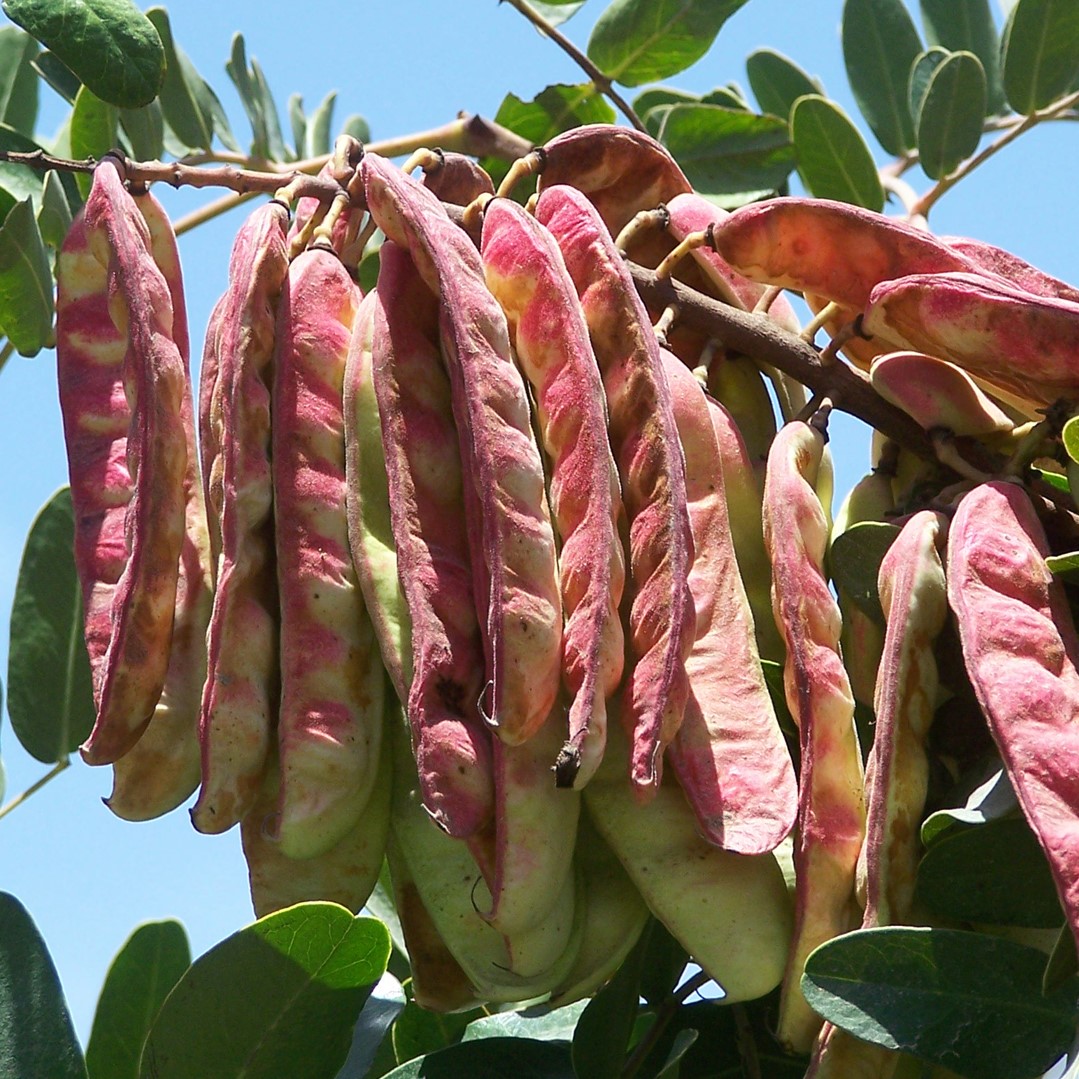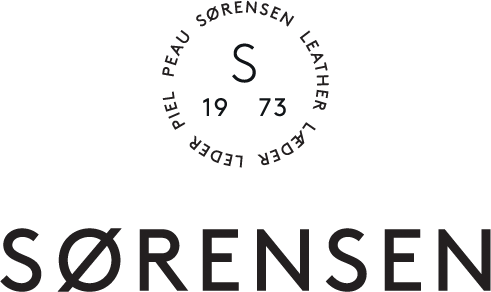Tanning Agents
In terms of sustainability, tanning is the process of upcycling raw hides into finished leather. If raw hides weren’t transformed into leather, they would have to be disposed of by burying or burning, which would have a negative impact on the environment. In addition to preventing raw hides from decaying, tanning makes them resistant to moisture, softer and more durable – able to last for generations.
The process of tanning dates back to as early as the 11th Century. It has been used by indigenous cultures such as Eskimos, Native American Indians, Egyptians, Ethiopians, the Chinese, the Moors and countless others. In fact, the term leather “tanning” originates from tannin, a naturally-occurring acid in the roots, wood, bark, leaves and fruit of many trees and plants.
There are other processes involved in preparing raw hides for their proper use as leather, such as softening and finishing to make the leather suitable for furniture, clothing, shoes and accessories, etc.
For now, we’ll focus on three of the most popular tanning agents used by our independent, certified producers.
Vegetable tanning agents
These are extracts from different types of trees, bark and fallen fruit contain tanning agents used for vegetable tanning leather. In particular, the Mimosa and Quebracho trees, along with the fallen fruit of the Tara tree in South America. Vegetable-tanning is a more complex and time-consuming method compared to chrome-tanning. The slow process and special skills associated with this production method have resulted in very few tanneries worldwide being able to produce this type of leather. Not only does this increase the price of the material, it also reduces the demand for it.
Vegetable-tanned leather corresponds to 10% of all leathers tanned worldwide.


Chrome tanning agents
Chrome III is naturally found in the environment, in rocks, soil, plants and lava, and it can also be found in every food group, such as meat, fish, eggs, wholegrain cereals and nuts, as well as several fruits and vegetables. Chrome III compounds are vital for humans as essential trace elements, to keep parts of their metabolism working. In fact, Chrome III is a natural element and in no way hazardous to human health or the environment. It is important to highlight that the European Chromium III salts used for our leather production must live up to the highest EU standards.
(Chromium III is NOT be confused with Chromium VI, which is toxic and is prohibited for use in tanning.)
As much as 85% of the world’s leather production is chrome-tanned using Chromium III salt.
Chrome-free synthetic tanning agents
One way of imitating the vegetable tanning method is with synthetic tanning, also called chrome-free. Our synthetic leather uses a chrome-free, artificially produced tanning agent called glutaraldehyde. The chemicals used in the synthetic tanning of leather are approved according to REACH guidelines. Chromium is not used in the production process of synthetic-tanned leather, which can be particularly interesting for people who might suffer from chrome-related allergies. This type of leather is also particularly appealing to the car industry, where currently about 50% of car leather is synthetically tanned.
Chrome-free, synthetic-tanned leather only represents around 5% of all leather tanned on a global level.
